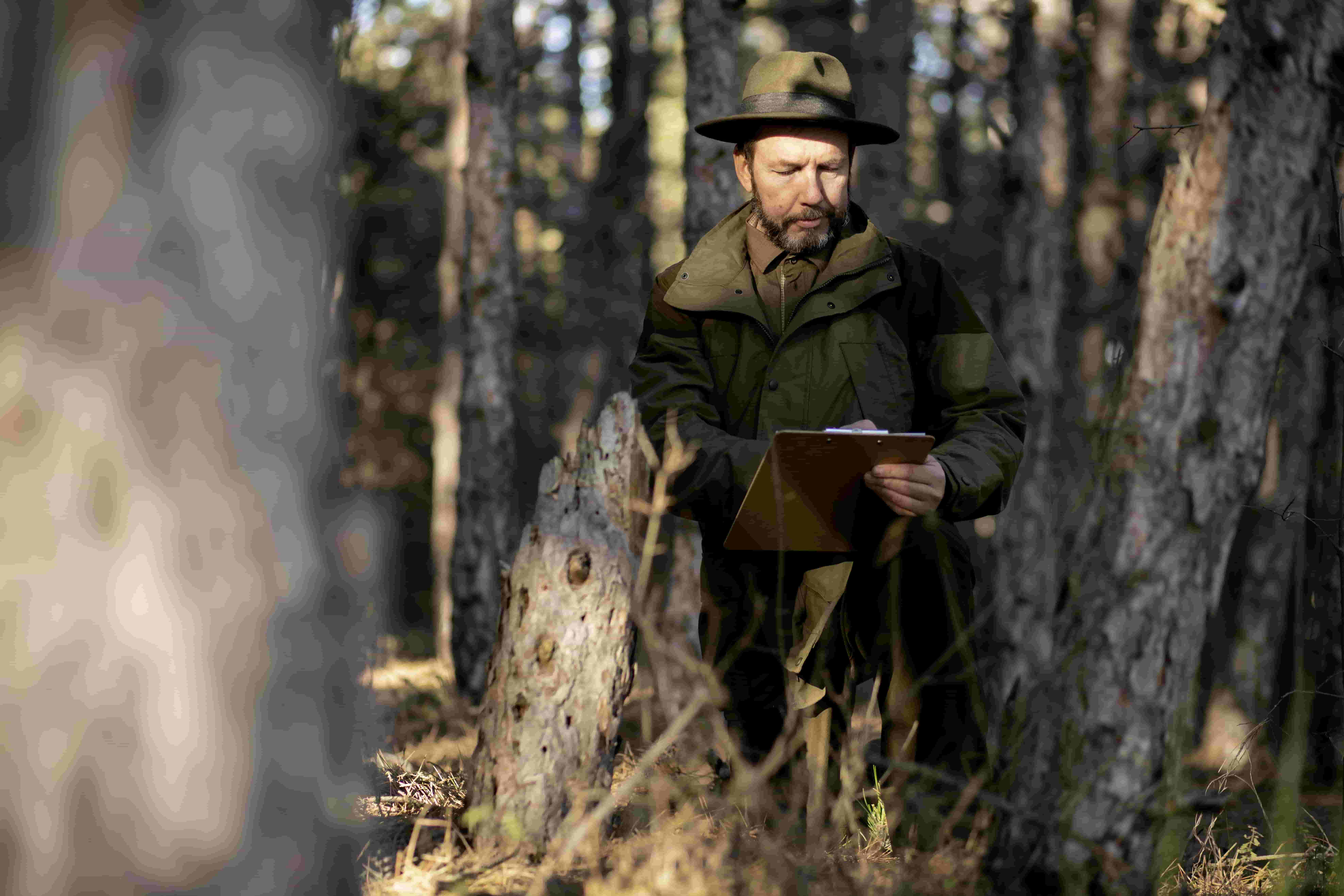Introduction
In the world of hunting, technology continues to evolve, offering innovative tools that enhance accuracy and efficiency. One such advancement is the thermal scope, which has become increasingly popular among hunters and outdoor enthusiasts. These devices allow for improved visibility and accuracy, especially in challenging low-light conditions. But to get the most out of your thermal scope, it’s essential to know how to properly sight it in. This blog will guide you through the process, ensuring you can make accurate shots every time.
Understanding Thermal Scopes
Thermal scopes are devices that help detect heat signatures from living creatures and objects, making them invaluable for hunting under the cover of darkness or in dense fog. Unlike traditional night vision, which amplifies available light, thermal scopes rely on infrared technology to detect warmth, providing a clear image regardless of lighting conditions. This edge can be the difference between spotting prey or going home empty-handed.
The primary advantage of using a thermal scope is its ability to function in environments where visibility is compromised. Whether you’re navigating through dense forests at dusk or staking out a field at dawn, these scopes deliver unparalleled clarity. Additionally, they offer an enhanced depth of field, allowing hunters to distinguish between background and target with ease.
However, before you can leverage these benefits, understanding how to properly sight in your thermal scope is crucial. Without accurate sighting, even the best technology can’t guarantee a successful hunt. Let’s explore the steps and considerations essential for perfecting your aim.
Key Considerations Before Sighting In
Before you begin the sighting process, several factors can influence the effectiveness and accuracy of your thermal scope. First, consider the specific firearm you’re using. Different rifles may require different mounting systems or adjustments, so ensure compatibility and proper fitment before proceeding.
Next, think about the typical distance from which you’ll be taking your shots. Are you primarily hunting in wide-open spaces, or do you find yourself in closer, more confined settings? The distance will play a pivotal role in setting your initial zero range, a crucial step for accuracy.
Lastly, account for environmental conditions. Factors like temperature, humidity, and even altitude can impact the performance of your thermal scope. Understanding these variables and how they interact with your equipment will prepare you for the next steps and help maintain precision in diverse settings.
Sighting In Step-by-Step
Preparing Your Firearm and Scope
Begin by ensuring your firearm is clean and well-maintained. A dirty barrel can skew accuracy, while loose parts can affect overall performance. Securely mount your thermal scope, checking all connections and mounts are tight and aligned.
Initial Bore Sighting
Bore sighting is the process of aligning your firearm’s bore with the scope. This step helps with accuracy and reduces the number of adjustments needed later. Use a bore sighting tool, or if unavailable, carefully align your rifle’s barrel with a target at a close range to establish a baseline.
Choosing Your Zero Range
Determine the distance at which you’ll set your zero. This is often based on the typical shooting distances for your hunting environment. For example, open fields may require a longer zero range, while dense woods might necessitate a shorter one. Setting the appropriate zero range ensures your shots are accurate and consistent.
Fine-Tuning Your Zero
With your initial settings in place, start fine-tuning your adjustments. Take multiple shots at your chosen zero range, making small adjustments to the scope until your shots consistently hit the target. Patience during this step is key, as precision now will lead to better results in the field.
Testing Your Zero
After you’ve refined your zero settings, it’s essential to test your accuracy in real-world conditions. Find an outdoor range or similar environment that mimics your typical hunting scenarios. Practice shooting from various positions and angles to confirm your zero holds true across different situations.
Testing in such conditions not only validates your sighting efforts but also boosts your confidence when it matters most. Knowing your thermal scope is precisely calibrated allows you to focus entirely on the hunt, without second-guessing your equipment.
Maintaining Your Zero
Environmental changes, such as temperature shifts or physical impacts, can affect your thermal scope’s zero. Regularly check and adjust your settings to ensure continued accuracy. Simple practices, like protecting your equipment during transport and storage, go a long way in maintaining performance.
A periodic check, even when no obvious changes have occurred, helps catch any shifts before they impact your hunt. Consistent maintenance and awareness of your gear mean fewer surprises and more successful outings.
Conclusion
Properly sighting in your thermal scope is a critical step in maximizing its potential and ensuring hunting success. By understanding your equipment, considering environmental factors, and following the step-by-step guide provided, you can achieve precise accuracy in various conditions. We encourage you to try these methods on your next outing and share your experiences or any questions with our community. Happy hunting!
